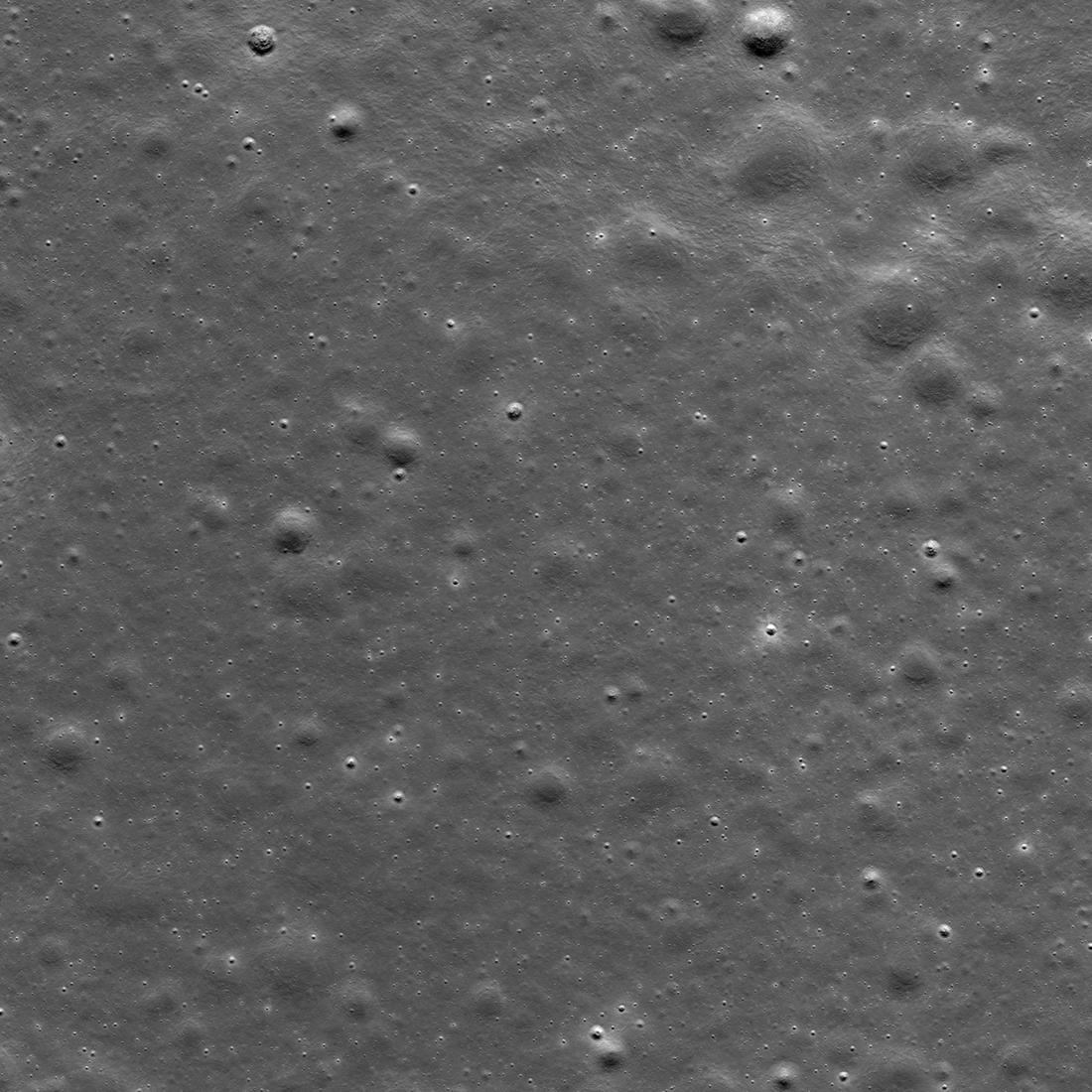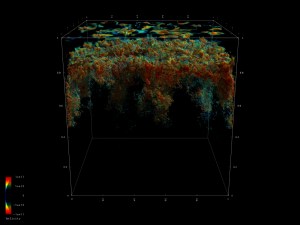NASA Marshall Thermal Engineering Lab Provides Key Insight to Human Landing System
NASA’s Human Landing System (HLS) will transport the next astronauts that land on the Moon, including the first woman and first person of color, beginning with Artemis III. For safety and mission success, the landers and other equipment in development for NASA’s Artemis campaign must work reliably in the harshest of environments. Engineers at NASA’s […]

NASA’s Human Landing System (HLS) will transport the next astronauts that land on the Moon, including the first woman and first person of color, beginning with Artemis III. For safety and mission success, the landers and other equipment in development for NASA’s Artemis campaign must work reliably in the harshest of environments.

Engineers at NASA’s Marshall Space Flight Center in Huntsville, Alabama, are currently testing how well prototype insulation for SpaceX’s Starship HLS will insulate interior environments, including propellant storage tanks and the crew cabin. Starship HLS will land astronauts on the lunar surface during Artemis III and Artemis IV.
Marshall’s Hub for Innovative Thermal Technology Maturation and Prototyping (HI-TTeMP) laboratory provides the resources and tools for an early, quick-check evaluation of insulation materials destined for Artemis deep space missions.
“Marshall’s HI-TTeMP lab gives us a key testing capability to help determine how well the current materials being designed for vehicles like SpaceX’s orbital propellant storage depot and Starship HLS, will insulate the liquid oxygen and methane propellants,” said HLS chief engineer Rene Ortega. “By using this lab and the expertise provided by the thermal engineers at Marshall, we are gaining valuable feedback earlier in the design and development process that will provide additional information before qualifying hardware for deep space missions.”
On the Moon, spaceflight hardware like Starship HLS will face extreme temperatures. On the Moon’s south pole during lunar night, temperatures can plummet to -370 degrees Fahrenheit (-223 degrees Celsius). Elsewhere in deep space temperatures can range from roughly 250 degrees Fahrenheit (120 degrees Celsius) in direct sunlight to just above absolute zero in the shadows.
There are two primary means of managing thermal conditions: active and passive. Passive thermal controls include materials such as insulation, white paint, thermal blankets, and reflective metals. Engineers can also design operational controls, such as pointing thermally sensitive areas of a spacecraft away from direct sunlight, to help manage extreme thermal conditions. Active thermal control measures that could be used include radiators or cryogenic coolers.
Engineers use two vacuum test chambers in the lab to simulate the heat transfer effects of the deep space environment and to evaluate the thermal properties of the materials. One chamber is used to understand radiant heat, which directly warms an object in its path, such as when heat from the Sun shines on it. The other test chamber evaluates conduction by isolating and measuring its heat transfer paths.
NASA engineers working in the HI-TTeMP lab not only design, set up, and run tests, they also provide insight and expertise in thermal engineering to assist NASA’s industry partners, such as SpaceX and other organizations, in validating concepts and models, or suggesting changes to designs. The lab is able to rapidly test and evaluate design updates or iterations.
NASA’s HLS Program, managed by NASA Marshall, is charged with safely landing astronauts on the Moon as part of Artemis. NASA has awarded contracts to SpaceX for landing services for Artemis III and IV and to Blue Origin for Artemis V. Both landing services providers plan to transfer super-cold propellant in space to send landers to the Moon with full tanks.
With Artemis, NASA will explore more of the Moon than ever before, learn how to live and work away from home, and prepare for future human exploration of Mars. NASA’s SLS (Space Launch System) rocket, exploration ground systems, and Orion spacecraft, along with the HLS, next-generation spacesuits, Gateway lunar space station, and future rovers are NASA’s foundation for deep space exploration.
For more on HLS, visit:
https://www.nasa.gov/humans-in-space/human-landing-system
News Media Contact
Corinne Beckinger
Marshall Space Flight Center, Huntsville, Ala.
256.544.0034
corinne.m.beckinger@nasa.gov
r
What's Your Reaction?










































